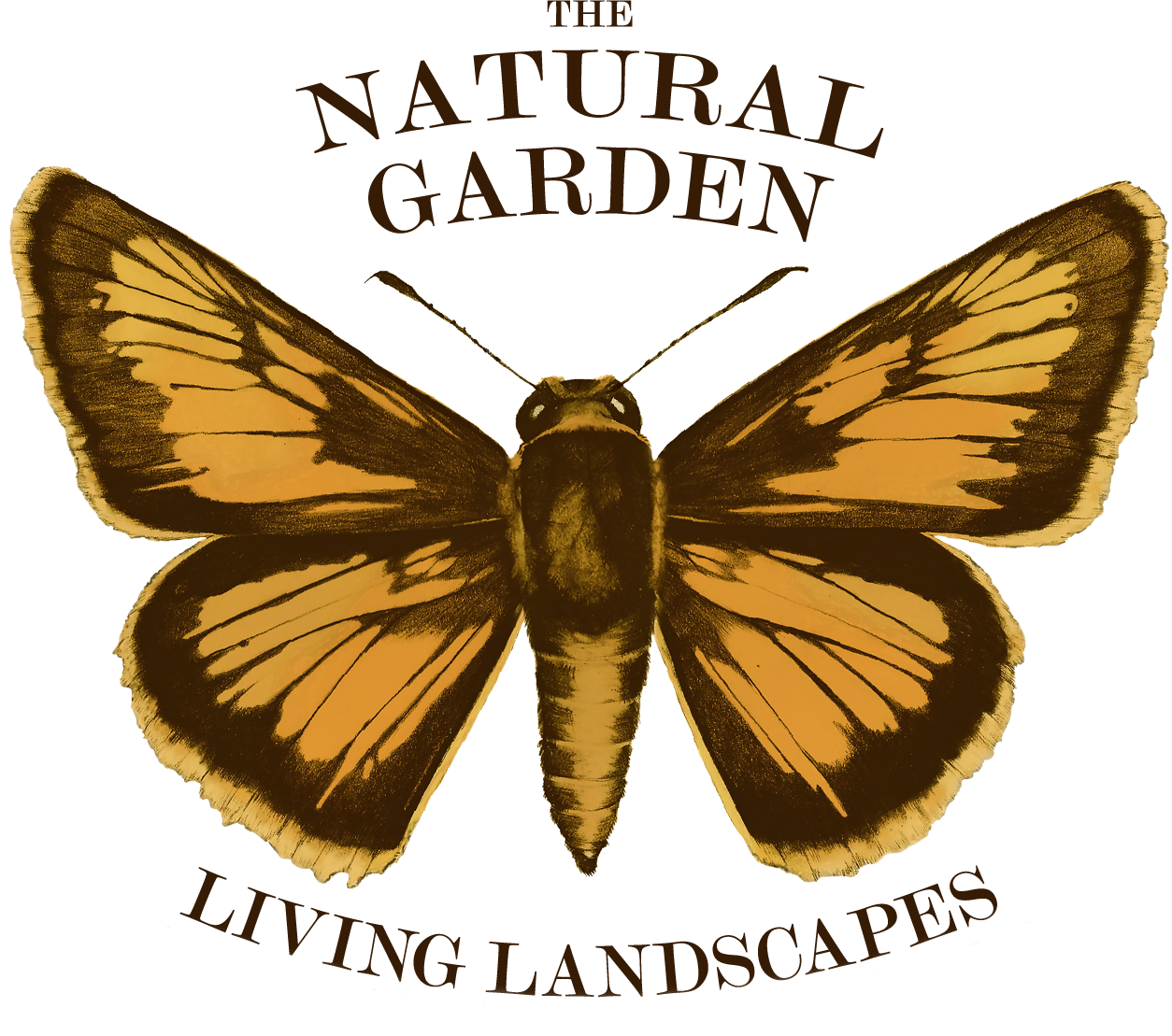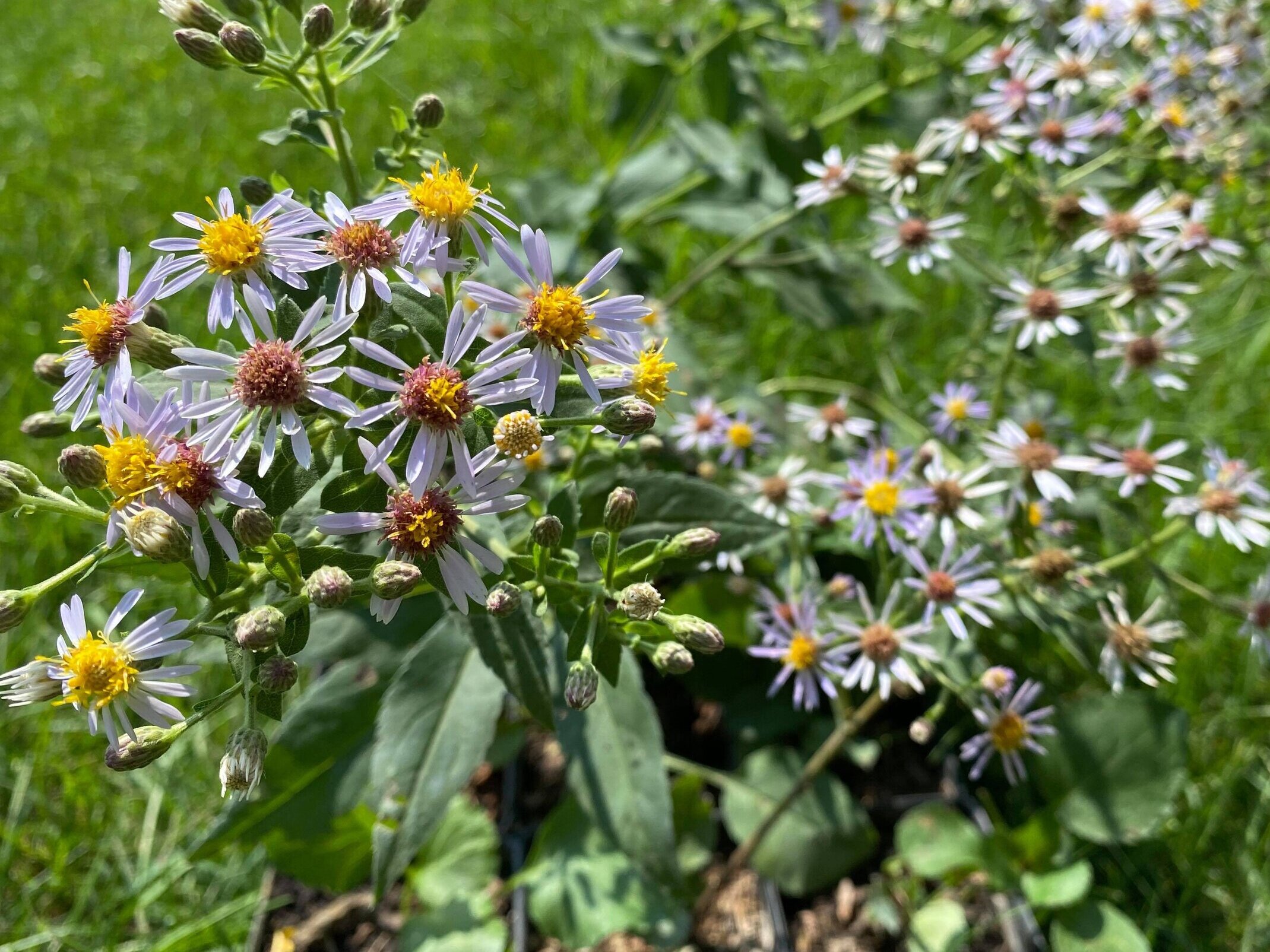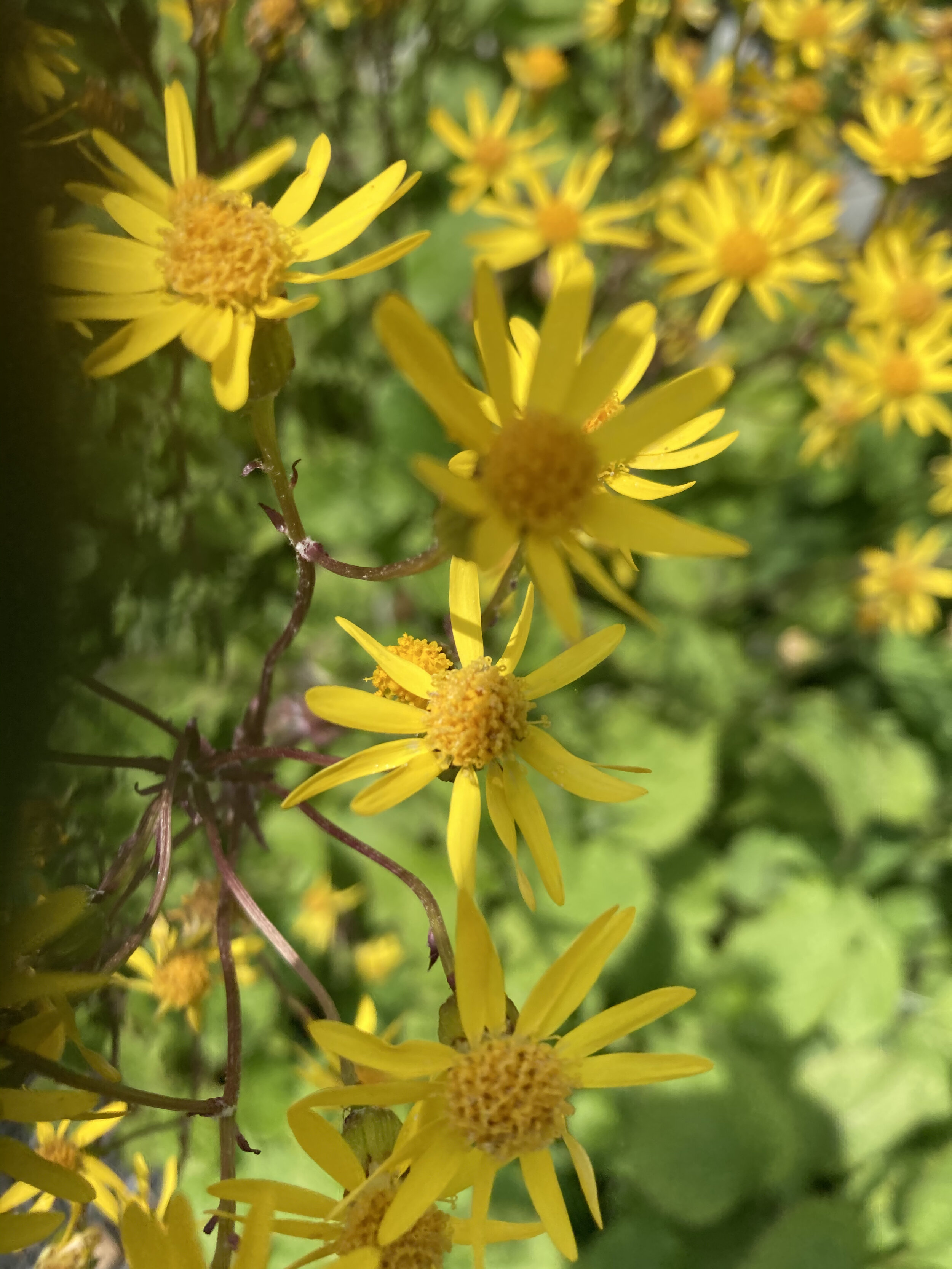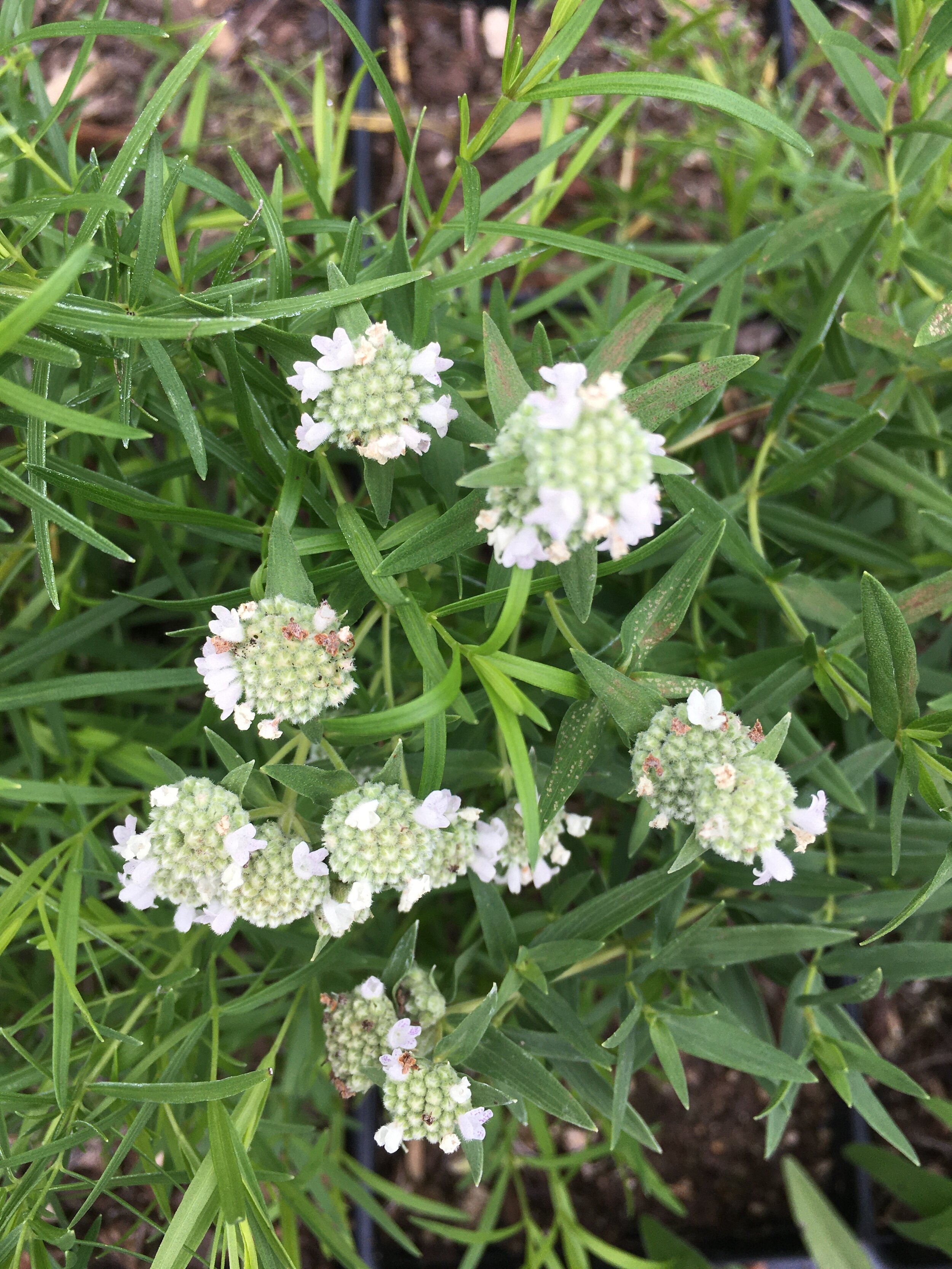Eutrochium maculatum (Spotted Joe Pye Weed)
grows 3-5 ft. tall
sun to part shade
medium to wet soil
pink blooms late July-Aug.
benefits bumblebees, solitary bees, butterflies/moths
larval host plant for Three-lined Flower Moth and Ruby Tiger Moth
associated with azure butterflies, silver spotted skipper butterfly, white admiral butterfly, Milbert’s tortoiseshell butterfly, eastern swallowtail tiger butterfly, monarch butterfly, rusty-patched bumblebee, cuckoo bees, and leafcutter bees
natural habitat: calcareous fens and spring marshes, wet meadows, and stream banks; rare in the mountains and northern Piedmont
good companion plants: ironweed (purple), white turtlehead (white), swamp milkweed (rose), Culver’s root (white)
grows 3-5 ft. tall
sun to part shade
medium to wet soil
pink blooms late July-Aug.
benefits bumblebees, solitary bees, butterflies/moths
larval host plant for Three-lined Flower Moth and Ruby Tiger Moth
associated with azure butterflies, silver spotted skipper butterfly, white admiral butterfly, Milbert’s tortoiseshell butterfly, eastern swallowtail tiger butterfly, monarch butterfly, rusty-patched bumblebee, cuckoo bees, and leafcutter bees
natural habitat: calcareous fens and spring marshes, wet meadows, and stream banks; rare in the mountains and northern Piedmont
good companion plants: ironweed (purple), white turtlehead (white), swamp milkweed (rose), Culver’s root (white)
grows 3-5 ft. tall
sun to part shade
medium to wet soil
pink blooms late July-Aug.
benefits bumblebees, solitary bees, butterflies/moths
larval host plant for Three-lined Flower Moth and Ruby Tiger Moth
associated with azure butterflies, silver spotted skipper butterfly, white admiral butterfly, Milbert’s tortoiseshell butterfly, eastern swallowtail tiger butterfly, monarch butterfly, rusty-patched bumblebee, cuckoo bees, and leafcutter bees
natural habitat: calcareous fens and spring marshes, wet meadows, and stream banks; rare in the mountains and northern Piedmont
good companion plants: ironweed (purple), white turtlehead (white), swamp milkweed (rose), Culver’s root (white)






